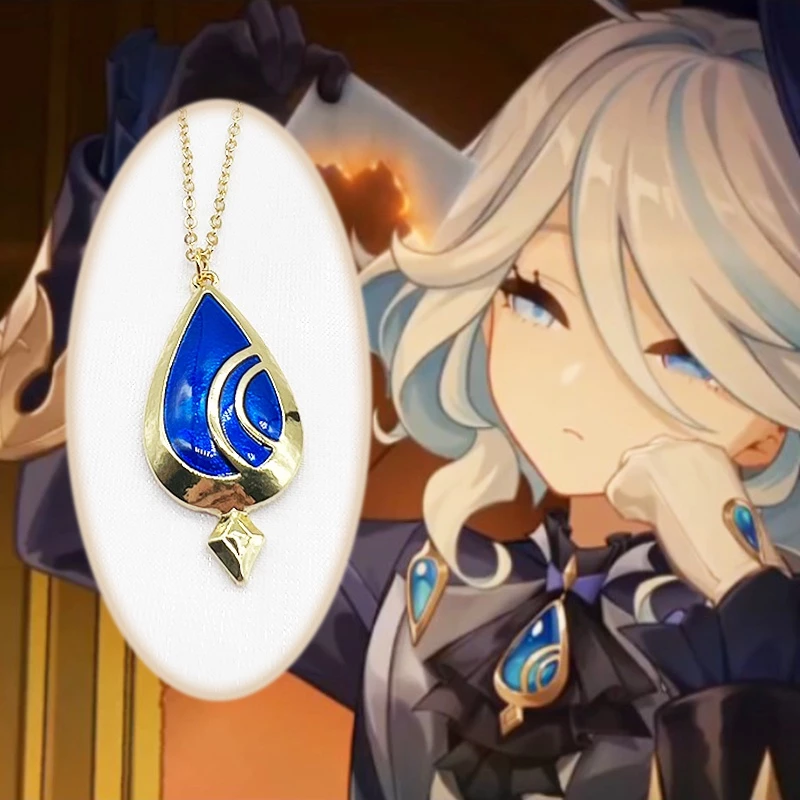Kabbalah
Văn phong và cách dùng từ trong bài hoặc đoạn này không bách khoa. |
Bài viết này là một bản dịch thô từ ngôn ngữ khác. Đây có thể là kết quả của máy tính hoặc của người chưa thông thạo dịch thuật. |

Kabbalah (tiếng Hebrew: קַבָּלָה, nghĩa đen là "tiếp nhận, truyền thống"[1] hoặc "trao truyền"[2]) là một phương pháp bí truyền, lĩnh vực và trường phái trong chủ nghĩa thần bí Do Thái giáo.[3] Một người thực hành Kabbalah truyền thống trong Do Thái giáo được gọi là Mequbbāl (מְקוּבָּל).[3] Định nghĩa của Kabbalah thay đổi theo truyền thống và mục đích của những người theo nó,[4] từ nguồn gốc tôn giáo của nó như là một phần không thể thiếu của Do Thái giáo, đến sự thích nghi sau này của nó trong chủ nghĩa bí truyền phương Tây (Christian Kabbalah và Hermetic Qabalah). Kabbalah của người Do Thái là một tập hợp các giáo lý bí truyền nhằm giải thích mối quan hệ giữa Thiên Chúa, sự bất biến, vĩnh cửu và bí ẩn Ein Sof (אֵין סוֹף, "sự vô hạn"),[5][6] và vũ trụ phàm trần và hữu hạn (sáng tạo của Chúa).[3][5] Nó tạo thành nền tảng của những diễn giải tôn giáo huyền bí trong Do Thái giáo.[3][7]
Tham khảo
[sửa | sửa mã nguồn]- ^ “קַבָּלָה”. /www.morfix.co.il. Melingo Ltd. Truy cập ngày 19 tháng 11 năm 2014.
- ^ Ginsburgh, Rabbi Yitzchak (2006). What You Need to Know about Kabbalah. Gal Einai. ISBN 965-7146-119.
- ^ a b c d Ginzberg, Louis; Kohler, Kaufmann (1906). “Cabala”. Jewish Encyclopedia. Kopelman Foundation. Truy cập ngày 23 tháng 10 năm 2018.
- ^ Dan, Joseph (2007). “The Term and Its Meanings”. Kabbalah: A Very Short Introduction. New York: Oxford University Press. tr. 1-11. ISBN 978-0-19-530034-5.
- ^ a b “Ein-Sof”. Jewish Virtual Library. AICE. 2018.
EIN-SOF (Heb. אֵין סוֹף; "The Infinite," lit. that which is boundless), name given in Kabbalah to God transcendent, in His pure essence: God in Himself, apart from His relationship to the created world. Since every name which was given to God referred to one of the characteristics or attributes by which He revealed Himself to His creatures, or which they ascribed to Him, there is no name or epithet for God from the point of view of His own being. Consequently, when the kabbalists wanted to be precise in their language they abstained from using names like Elohim, the Tetragrammaton, "the Holy One, blessed be He," and others. These names are all found either in the Written or the Oral Law. The Torah, however, refers only to God's manifestations and not to God's own being which is above and beyond His relationship to the created world. Therefore, neither in the Bible, nor in rabbinic tradition was there a term which could fulfill the need of the kabbalists in their speculations on the nature of God. "Know that Ein-Sof is not alluded to either in the Pentateuch, the Prophets, or the Hagiographa, nor in the writings of the rabbis. But the mystics had a vague tradition about it" (Sefer Ma'arekhet ha-Elohut). The term Ein-Sof is found in kabbalistic literature after 1200.
- ^ “אינסוף”. Morfix™, ™מורפיקס. Melingo Ltd. Truy cập ngày 19 tháng 11 năm 2014.
- ^ Dennis, Geoffrey W. (ngày 18 tháng 6 năm 2014). “What is Kabbalah?”. ReformJudaism.org. Union for Reform Judaism. Truy cập ngày 25 tháng 10 năm 2018.
Historians of Judaism identify many schools of Jewish esotericism across time, each with its own unique interests and beliefs. Technically, the term “Kabbalah” applies only to writings that emerged in medieval Spain and southern France beginning in the 13th century. [...] Although until today Kabbalah has been the practice of select Jewish “circles,” most of what we know about it comes from the many literary works that have been recognized as “mystical” or “esoteric.” From these mystical works, scholars have identified many distinctive mystical schools, including the Hechalot mystics, the German Pietists, the Zoharic Kabbalah, the ecstatic school of Abraham Abulafia, the teachings of Isaac Luria, and Chasidism. These schools can be categorized further based on individual masters and their disciples.
Liên kết ngoài
[sửa | sửa mã nguồn]- Cabala - 1906 Jewish Encyclopedia's scholarship view
- Kabbalah Red Bracelets - Information about Kabbalah Bracelets, history and meaining
- Don Karr's Bibliographic Surveys Lưu trữ 2017-01-20 tại Wayback Machine of contemporary academic scholarship on all traditions of Kabbalah
- Kabbalah and Jewish Mysticism - Kabbalah article at JewFaq.org
- Kabbalah.com - Official site of the Kabbalah Centre
- Kabbalaonline.org Lưu trữ 2007-12-13 tại Wayback Machine - Orthodox kabbalah reference portal
 GIẢM
29%
GIẢM
29%
 GIẢM
15%
GIẢM
15%
 GIẢM
-26%
GIẢM
-26%
 GIẢM
30%
GIẢM
30%
![[Review sách] Normal people - Sally Rooney](https://down-bs-vn.img.susercontent.com/sg-11134201-22090-edroebrkpwhvaf.webp) GIẢM
16%
GIẢM
16%
 GIẢM
16%
GIẢM
16%



